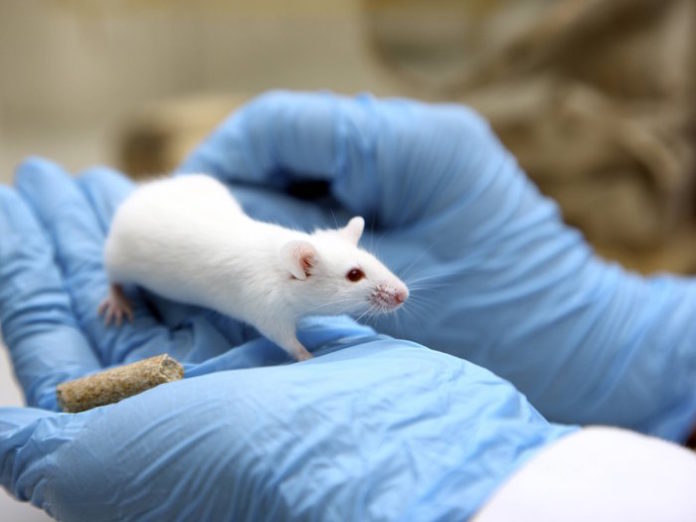They demonstrate the feasibility and efficiency of excising the HIV-1 provirus in three different animal models using an allin-one adeno-associated virus (AAV) vector to deliver multiplex single-guide RNAs (sgRNAs) plus Staphylococcus aureus Cas9 (saCas9).
The quadruplex sgRNAs/saCas9 vector outperformed the duplex vector in excising the integrated HIV-1 genome in cultured neural stem/progenitor cells from HIV-1 Tg26 transgenic mice. Intravenously injected quadruplex sgRNAs/saCas9 AAV-DJ/8 excised HIV-1 proviral DNA and significantly reduced viral RNA expression in several organs/tissues of Tg26 mice. In EcoHIV acutely infected mice, intravenously injected quadruplex sgRNAs/saCas9 AAV-DJ/8 reduced systemic EcoHIV infection, as determined by live bioluminescence imaging. Additionally, this quadruplex vector induced efficient proviral excision, as determined by PCR genotyping in the liver, lungs, brain, and spleen.
Finally, in humanized bone marrow/liver/thymus (BLT) mice with chronic HIV-1 infection, successful proviral excision was detected by PCR genotyping in the spleen, lungs, heart, colon, and brain after a single intravenous injection of quadruplex sgRNAs/saCas9 AAV-DJ/8. In conclusion, in vivo excision of HIV-1 proviral DNA by sgRNAs/saCas9 in solid tissues/organs can be achieved via AAV delivery, a significant step toward human clinical trials.
Authors: Chaoran Yin, Ting Zhang, Xiying Qu, Yonggang Zhang, Raj Putatunda, Xiao Xiao, Fang Li, Weidong Xiao, Huaqing Zhao, Shen Dai, Xuebin Qin, Xianming Mo, Won-Bin Young, Kamel Khalili, and Wenhui Hu



















































